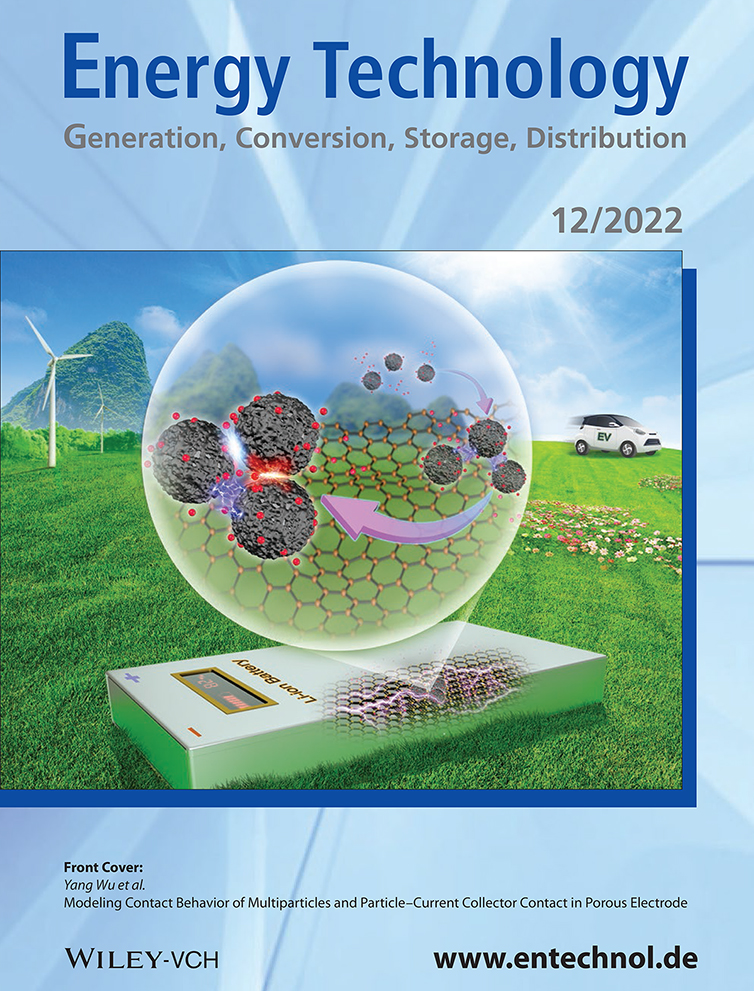Coordination Anchoring Effect Promoting the Interfacial Stability and Electrochemical Performance of LiNi0.8Co0.1Mn0.1O2 Cathode Material for Lithium-Ion Batteries
Abstract
LiNi0.8Co0.1Mn0.1O2 (NCM811), as a typical nickel-rich ternary material, has attracted wide attention due to its high discharge specific capacity. However, the strict storage environment and interface instability caused by residual alkali on the surface limit the further development. Surface coating is usually used to modify the surface of cathode materials to improve interface stability. However, traditional inorganic coating is easy to fall off due to a lack of stable chemical bonding, and the interaction force of previous organic coating has not been thoroughly studied. Herein, polyvinyl pyrrolidone with carbonyl functional groups is introduced on the surface of NCM811, and the carbonyl group forms strong coordination bonds with transition metal ions, that is, the organic coating layer forms stable coordination anchoring with the cathode material, which greatly reduces the situation where the coating layer is easy to fall off. At the same time, the implanted organic coating can inhibit the dissolution of transition metal ions and mitigate the side reaction. The results show that the capacity retention rate of the modified material reaches 86.82% after 50 cycles at 1 C rate. This novel surface modification strategy provides a new insight for the modification of high-nickel cathode materials.
Conflict of Interest
The authors declare no conflict of interest.
Open Research
Data Availability Statement
Research data are not shared.




